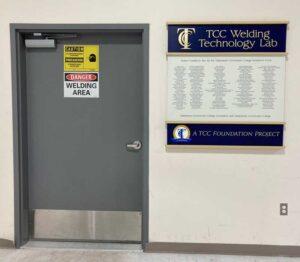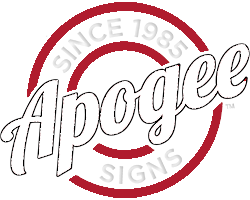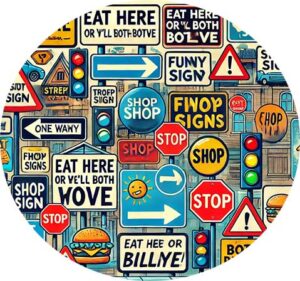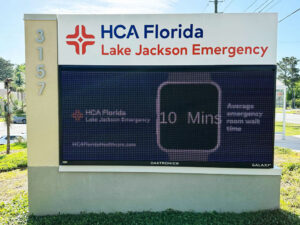The Silent Guides: Why Indoor Signage Matters More Than You Think
 We all know about the importance of exterior signage – those bold, eye-catching displays that draw customers in and establish brand identity. But what about the signs that live inside our buildings? Often overlooked, indoor signage, or interior signs, plays a crucial role in the overall experience of a space, especially in making customers feel welcome.
We all know about the importance of exterior signage – those bold, eye-catching displays that draw customers in and establish brand identity. But what about the signs that live inside our buildings? Often overlooked, indoor signage, or interior signs, plays a crucial role in the overall experience of a space, especially in making customers feel welcome.
Here’s why you shouldn’t underestimate the power of a well-designed interior sign system:
1. Smooth Sailing with Wayfinding:
Imagine navigating a maze-like office building or a sprawling hospital. Frustration sets in quickly without clear direction. Effective wayfinding signs, a type of interior signage, act as silent guides, directing visitors and employees effortlessly. Clear and concise signage keeps everyone moving in the right direction, reducing confusion and wasted time.
2. Safety First:
Safety signs are more than just a legal requirement. They serve as vital communication tools, reminding people of potential hazards and emergency protocols. Strategically placed exit signs, fire extinguisher locations, and safety warnings play a critical role in keeping everyone safe.
3. Branding on the Inside:
Indoor signs aren’t just informational; they can be powerful branding tools. Logo displays, department signs, and even creative wall murals can reinforce your brand identity and create a cohesive aesthetic throughout the space. But signage can go beyond just your logo. Consider using warm and inviting messages or visuals that reflect the personality of your brand. For example, a bakery might use a chalkboard sign with a hand-drawn image of a cupcake and the message “Welcome! Freshly Baked Happiness Awaits.”
4. Boosting Professionalism and Customer Comfort:
A well-designed interior sign system creates a sense of professionalism and polish. Clear, consistent signage demonstrates attention to detail and reflects positively on your organization. This translates into a more comfortable experience for customers. They’ll feel confident navigating the space and interacting with your business.

5. Increased Accessibility:
For those with visual impairments or those who don’t speak the dominant language, clear and concise signage, including braille or pictograms, can significantly improve accessibility.
The Takeaway:
Indoor signage might not be the flashiest design element, but its impact is undeniable. By investing in a well-planned interior sign system, you can enhance the experience for everyone who enters your space, promote safety, and even strengthen your brand. And importantly, you can make your customers feel welcome, comfortable, and confident from the moment they step through the door. So next time you’re thinking about signage, don’t forget the silent guides working hard inside your building.






